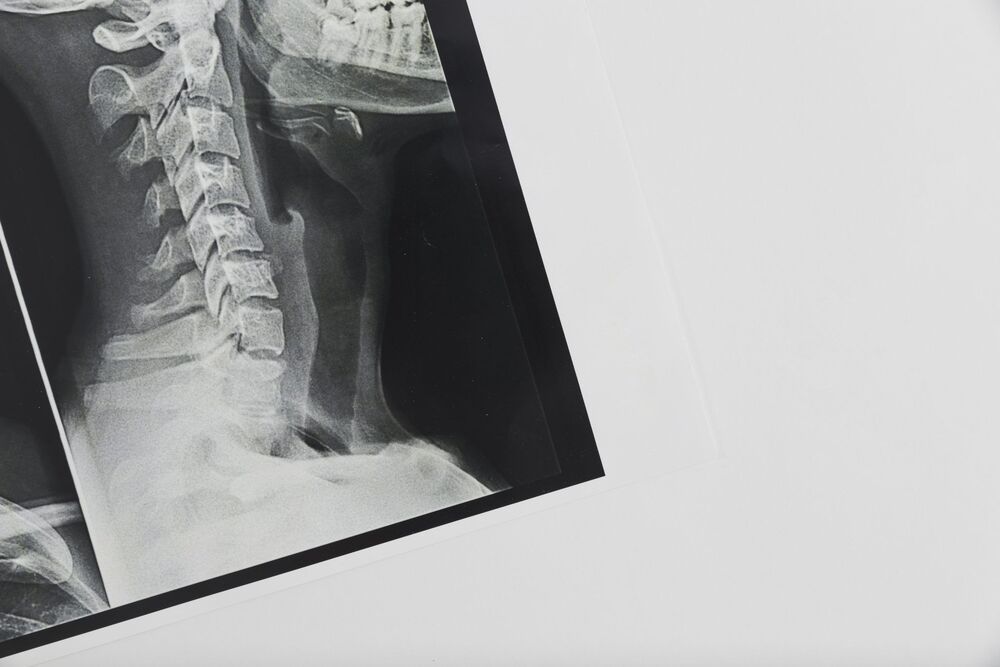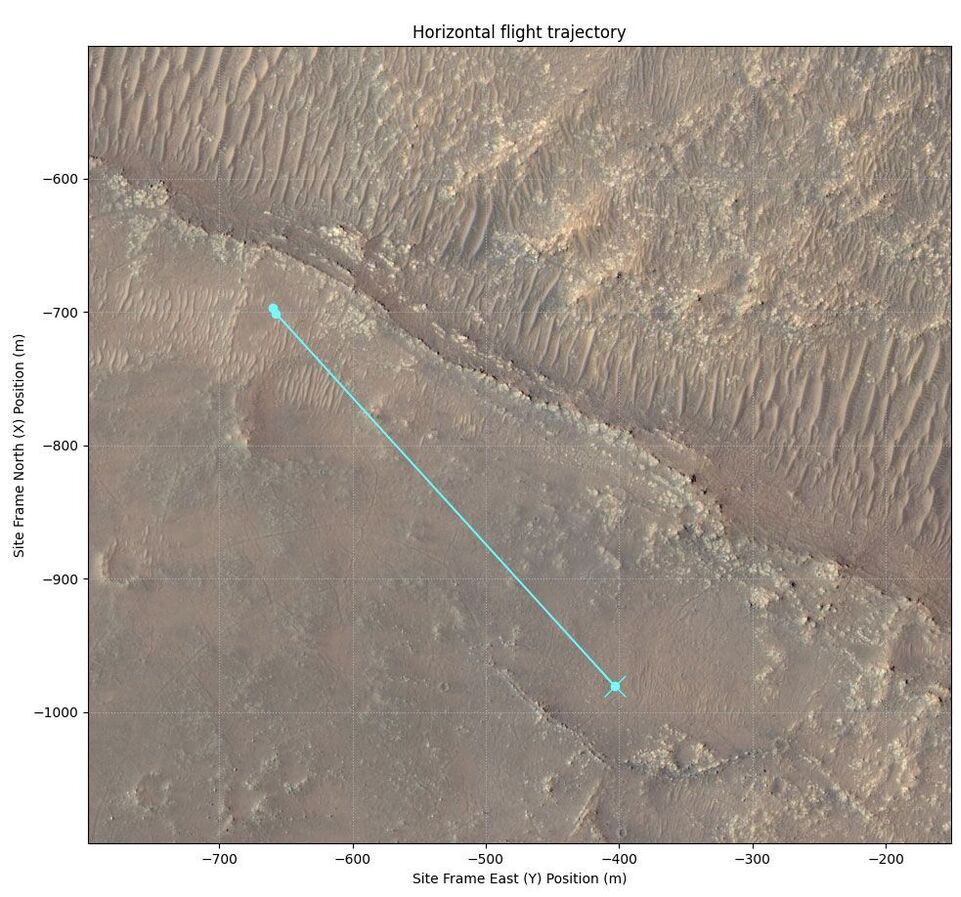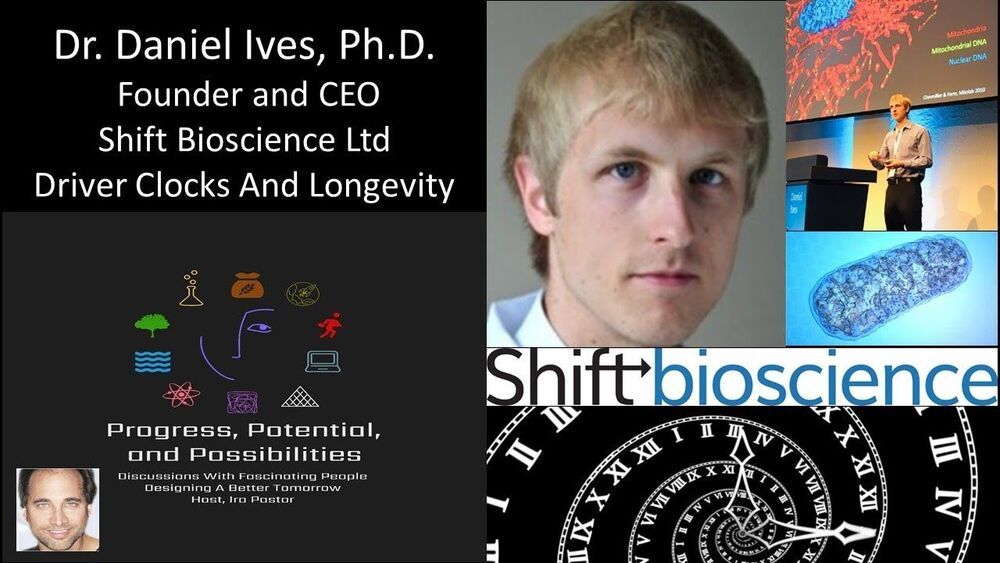Stanford is looking to democratize research on artificial intelligence and medicine by releasing the world’s largest free repository of AI-ready annotated medical imaging datasets. This will allow people from all over the world to access specific data that they need for their respective projects, which could lead to potentially life-saving breakthroughs in these fields.
The use of artificial intelligence in medicine is becoming increasingly pervasive. From analyzing tumors to detecting a person’s pumping heart, AI looks like it will have an important role for the near future.
The AI-powered devices, which can rival the accuracy of human doctors in diagnosing diseases and illnesses, have been making strides as well. These systems not only spot a likely tumor or bone fracture but also predict the course of an illness with some reliability for recommendations on what to do next. However, these systems require expensive datasets that are created by humans who annotate images meticulously before handing them over to compute power, so they’re rather costly either way you look at it given their price tags–millions even if your data is purchased from others or millions more if one has created their own dataset painstakingly through careful annotation of images such as CT scans and x-rays along with MRI’s etcetera depending upon how advanced each system needs be.









